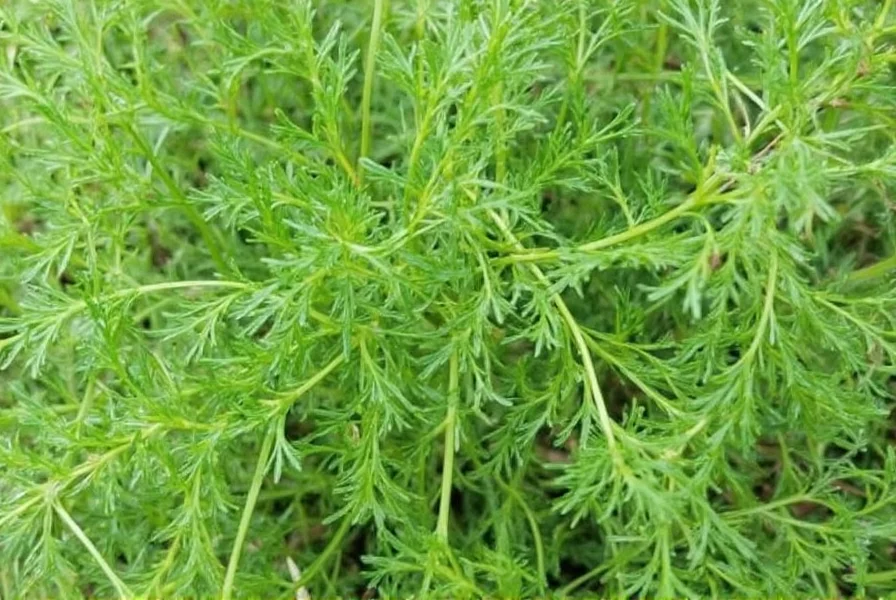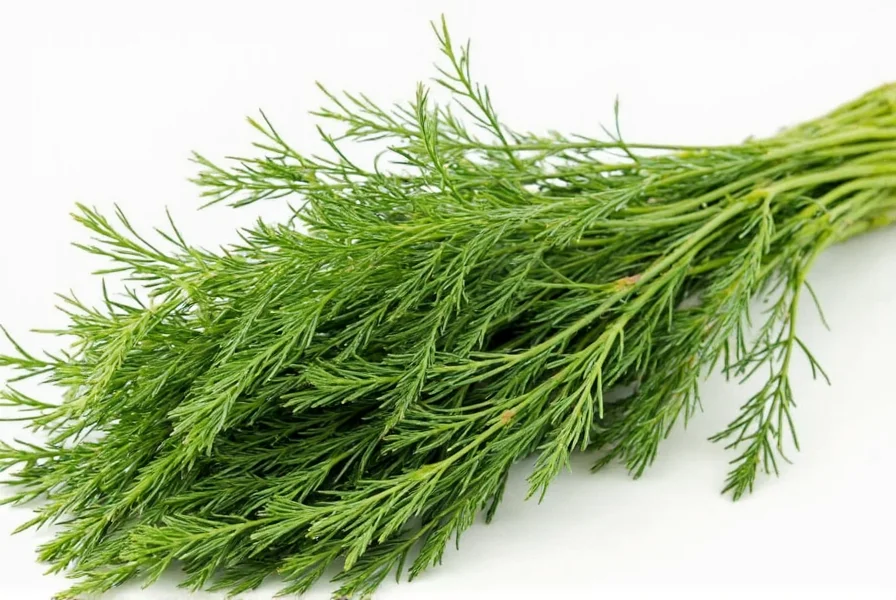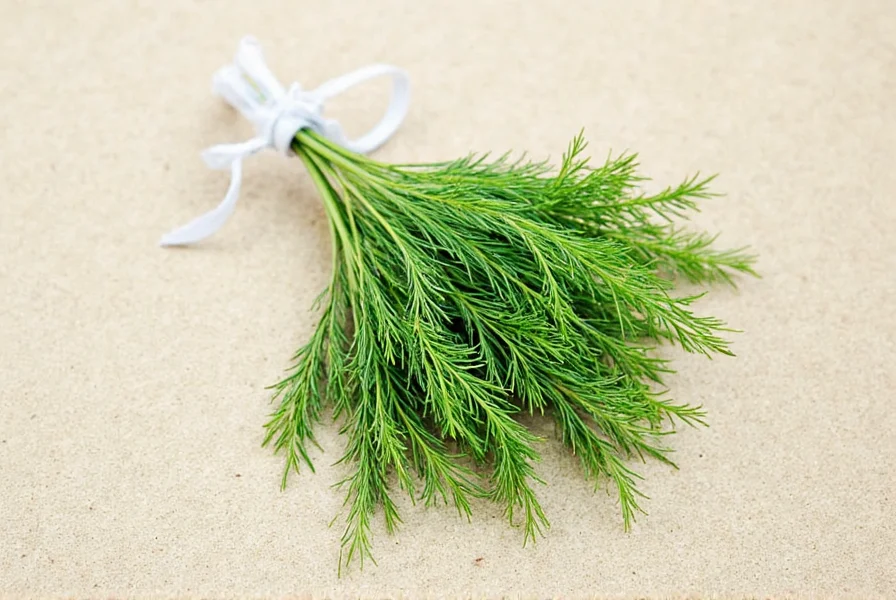What Is a Sprig of Dill? The Complete Measurement Guide
A sprig of dill is a culinary measurement equivalent to 1-2 teaspoons of fresh chopped dill leaves. This standard measurement consists of a single stem approximately 3-4 inches long with 5-7 feathery fronds. Understanding this precise measurement is crucial for recipe accuracy, as dill's flavor can dramatically impact dishes when used in incorrect proportions.
Unlike vague cooking terms, a properly measured sprig provides consistent results. When recipes call for "a sprig of dill," they typically mean enough fresh dill to yield about 1.5 teaspoons when chopped. This measurement applies to most culinary applications from pickling to fish dishes and salad dressings.

Dill Measurement Conversions: Fresh to Dried
Accurate dill conversions are essential for recipe success. Here's the professional chef's conversion guide:
| Fresh Dill Measurement | Dried Dill Equivalent | Best For |
|---|---|---|
| 1 sprig (5-7 fronds) | ⅓ teaspoon | Finishing dishes, garnishes |
| 1 tablespoon chopped | 1 teaspoon | Main flavor component |
| ¼ cup chopped | 1 tablespoon | Strong dill flavor required |
Important note: Dried dill is significantly more potent than fresh. Always use less dried dill when substituting - the general rule is 1 part dried to 3 parts fresh. Never substitute equal measurements as this will result in overpowering, bitter flavors.

Professional Techniques for Using Dill
Master these chef-approved methods for optimal dill usage:
- Precision harvesting: Cut sprigs with kitchen shears rather than pulling leaves to prevent stem damage that releases bitter compounds
- Temperature sensitivity: Add dill during the last 2-3 minutes of cooking for hot dishes; prolonged heat destroys its delicate flavor compounds
- Preservation science: Freeze dill in olive oil cubes rather than drying to maintain 95% of its flavor profile (drying removes 70% of volatile oils)
- Flavor pairing chemistry: Dill's carvone compounds complement omega-3 fatty acids, making it ideal for salmon and other oily fish
For pickling specifically, use whole sprigs (not chopped) as the stems contain higher concentrations of antimicrobial compounds that prevent spoilage during fermentation. Position sprigs vertically in jars to ensure even flavor distribution.
Critical Dill Mistakes Even Experienced Cooks Make
- Incorrect substitution ratios: Using 1:1 fresh-to-dried conversion creates overpowering, medicinal flavors (proper ratio is 3:1)
- Over-chopping: Cutting dill too finely releases bitter compounds from damaged cells - chop just before use with sharp knife
- Early addition: Adding dill at beginning of cooking destroys its delicate flavor compounds - always add in final minutes
- Poor storage: Storing dill stem-down in water without changing water leads to bacterial growth within 48 hours
Expert Dill Measurement Questions Answered
How much dill is actually in a standard sprig?
A culinary-standard sprig measures 3-4 inches long with 5-7 intact fronds, yielding precisely 1-2 teaspoons of chopped dill. Professional kitchens measure by weight: 1 sprig = 1.5-2.5 grams fresh dill. This measurement ensures consistent flavor without overpowering dishes.
Why do my dill substitutions never taste right?
Most home cooks use incorrect conversion ratios. Dried dill is 3x more potent than fresh due to water removal concentrating flavor compounds. For every 1 tablespoon fresh chopped dill, use only 1 teaspoon dried. For sprigs: 1 fresh sprig = ⅓ teaspoon dried dill. Using equal amounts creates bitter, medicinal flavors.
What's the science behind dill's flavor loss during cooking?
Dill contains volatile compounds like carvone and limonene that evaporate at 140°F (60°C). Prolonged cooking destroys these delicate aromatics. Food science research shows dill retains 85% of flavor compounds when added in the final 2 minutes of cooking versus only 15% when cooked for 10+ minutes. This explains why early addition creates bland results.
Mastering Dill Measurements for Perfect Results
Understanding precise dill measurements transforms your cooking from inconsistent to professional. Remember: 1 sprig = 3-4 inch stem with 5-7 fronds = 1-2 teaspoons chopped fresh dill = ⅓ teaspoon dried dill. By applying these exact measurements and respecting dill's temperature sensitivity, you'll achieve balanced flavors every time. For best results, always measure dill rather than estimating, and add it at the very end of cooking to preserve its delicate flavor compounds.











 浙公网安备
33010002000092号
浙公网安备
33010002000092号 浙B2-20120091-4
浙B2-20120091-4